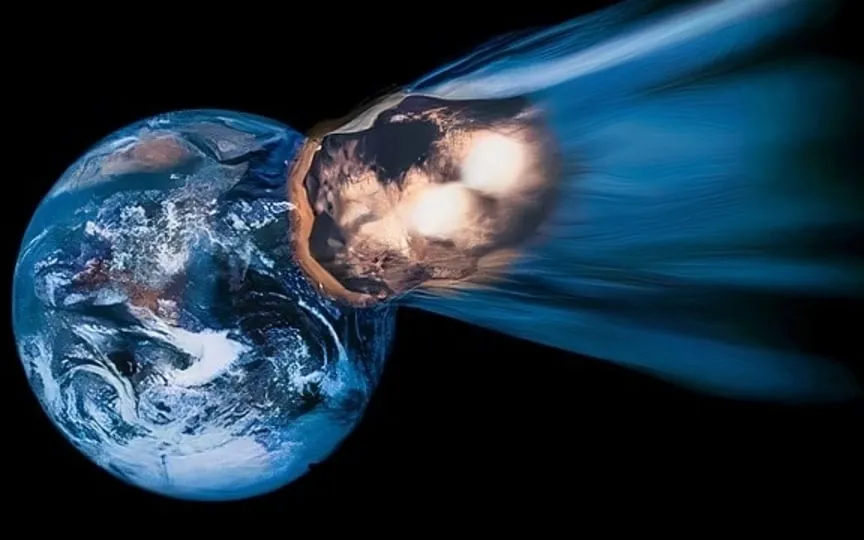NASA Measures Speed of Asteroid 2023 PX at 27252 kmph and it is Heading Towards Earth
Asteroids, which are space rocks primarily found in the main asteroid belt between Mars and Jupiter, pose a challenge for NASA and other space agencies in terms of tracking them due to their distance. Occasionally, the gravitational pull of a planet can alter the trajectory of these asteroids, causing them to head towards planets like Earth with the potential for impact. To monitor new Near-Earth Asteroids (NEAs), NASA employs telescopes to track their positions in the sky, which are then reported to the Minor Planet Center by astronomers. The Center for Near-Earth Object Studies (CNEOS) utilizes this data to determine the most probable orbit of the asteroid around the Sun, as stated by NASA.
NASA has revealed details such as the speed, distance, size and more of the asteroid that will come close to Earth today.
Asteroid 2023 PX details
The asteroid, named Asteroid 2023 PX, is heading toward Earth today, August 15. The asteroid was discovered by NASA’s Defense Coordination Office (PDCO), which is responsible for sky monitoring and various Near Earth Objects (NEOs). The most concerning aspect of this asteroid is its size. While asteroid 2023 PX isn’t big enough to be called a planet killer, it is nearly 100 feet across, making it the size of an airplane!
It speeds toward the planet at a blistering speed of 27,252 kilometers per hour and passes the planet at a distance of about 4.9 million kilometers, putting it in the Near Earth Object (NEO) category.
The space agency has also revealed that Asteroid 2023 NP belongs to the group of Aten asteroids, which are Earth-crossing Near-Earth Asteroids (NEAs) with semi-major axes smaller than Earth’s. They are named after the asteroid 2062 Ate, and the first of their kind was discovered by American astronomer Eleanor Helin at the Palomar Observatory on January 7, 1976.
These asteroids have an orbital period of less than a year and spend most of their time hidden from the Sun.
Previous asteroid collisions with Earth
Even though asteroids have passed safely close to Earth in recent months, that doesn’t mean a collision with Earth isn’t imminent. In fact, the asteroid was responsible for the extinction of one of the largest species on the planet – the dinosaurs – almost 65 million years ago.
According to Alvarez’s hypothesis, the cause of the extinction was a massive asteroid that crashed into the earth more than 65 million years ago. The asteroid terraformed the planet and is likely the cause that started the extinction of the dinosaurs. Scientists have even found an asteroid impact crater in Chicxulub, near the Yucatan Peninsula in Mexico.
And a few years ago the Chelyabinsk incident happened, and long before that the Tunguska incident. The largest asteroid to hit the Earth was about 2 billion years ago and it left behind the Vredefort crater near Johannesburg. These close calls serve as a reminder to constantly monitor these ancient space rocks for potential impacts that could change the course of history.




